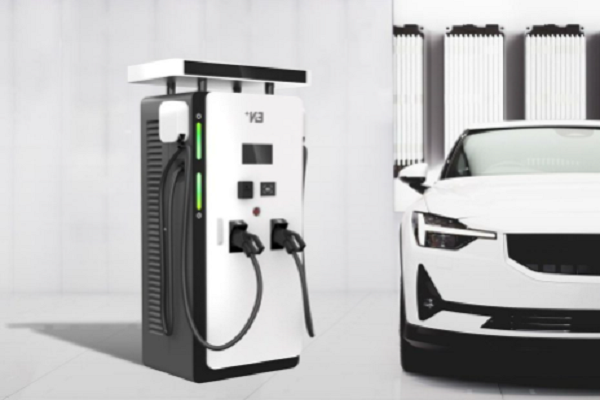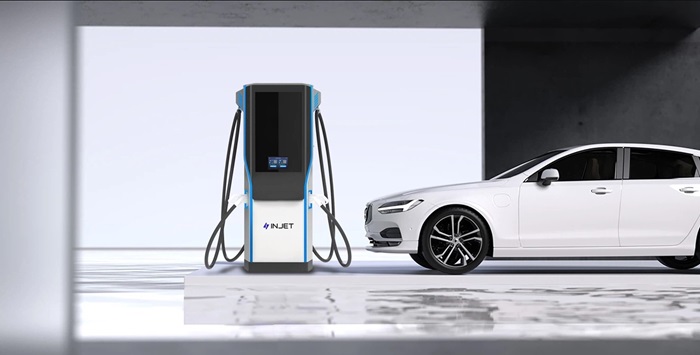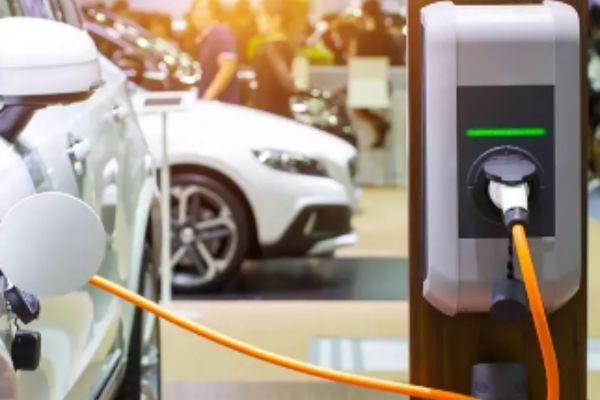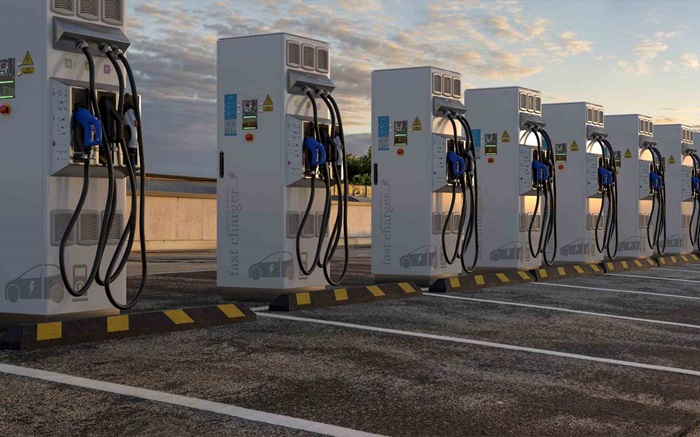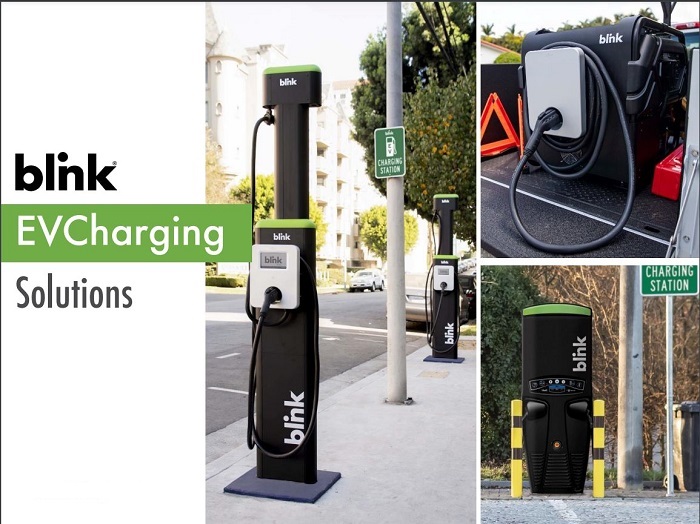Level 3 EV Charger Requirements
Level 3 chargers, also known as DC fast chargers, are the speed demons of the EV world. This guide breaks down the key requirements for installing one, including high-voltage electrical service.
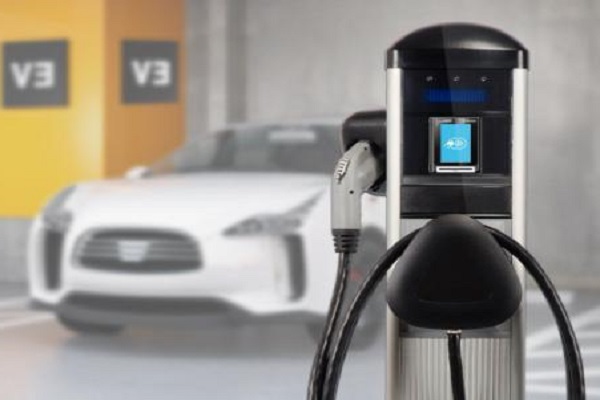
Definition and Overview
Level 3 EV charging, also known as DC fast charging, is the absolute speed demon of electric vehicle charging. These chargers deliver high power directly to the car’s battery, enabling significantly faster charging times compared to Level 1 and Level 2 options.
Comparison with Level 1 and Level 2 Charging
- Power Output: Level 3 chargers boast a much higher power output, ranging from 50 kW to a whopping 350 kW. In contrast, Level 2 chargers typically deliver around 7 kW to 22 kW, and Level 1 uses your standard household outlet which provides a mere 1.4 kW to 3.6 kW.
- Charging Speed: With that hefty power output, Level 3 chargers can juice up an electric car in a fraction of the time it takes with slower options. We’re talking about charging to 80% capacity within 15 to 60 minutes, compared to several hours for Level 1 and 2.
- Use Cases: Level 3 charging is ideal for situations where you need a quick top-up, like on long road trips or for ride-sharing and taxi fleets that can’t afford extended downtime. Level 1 and 2 are better suited for overnight or workplace charging.
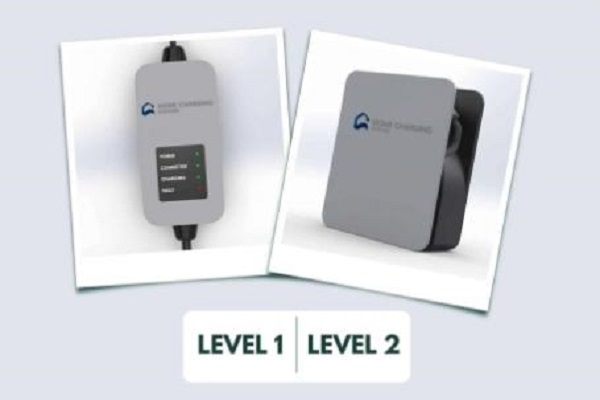
Components of a Level 3 Charger
Level 3 chargers are more complex than their slower counterparts. Here’s a breakdown of the key components:
Hardware
- High-voltage transformer: Steps up the incoming AC power to a much higher voltage for DC fast charging.
- Rectifier: Converts the high-voltage AC to DC electricity.
- DC-to-DC converter: Fine-tunes the DC output voltage to match the specific needs of the EV battery.
- Cooling system: Manages the significant heat generated during the high-power charging process.
- Communication interface: Enables communication between the charger, the car’s battery management system, and the charging network.
Software
- Control software: Manages the charging process, ensures safety, and optimizes power delivery.
- User interface: Provides instructions and information to the driver during charging.
- Communication protocols: Allow the charger to interact with the charging network for billing and authentication.
Typical Locations for Level 3 Chargers
Due to their focus on rapid charging, Level 3 chargers are strategically placed for convenience on the go. Here are some common locations:
- Urban areas: Shopping malls, grocery stores, and other high-traffic areas where drivers can top-up while running errands.
- Transport corridors: Along highways and major roads for long-distance travel.
- Commercial premises: Truck stops, logistics hubs, and taxi depots to keep fleets operational.

Technical Specifications
Power Output and Charging Speed
Level 3 EV chargers boast high power output, typically ranging from 50 kW to 350 kW or more, allowing for rapid charging sessions. The charging speed is significantly faster compared to Level 1 and Level 2 chargers, with the ability to provide a substantial charge in as little as 30 minutes, depending on the battery capacity and charging infrastructure.
Connector Types
Level 3 chargers support various connector types, including CCS (Combined Charging System), CHAdeMO, and Tesla Supercharger connectors. CCS and CHAdeMO are the most commonly used standards, with CCS gaining widespread adoption in Europe and North America, while CHAdeMO is prevalent in Asia. Tesla Superchargers are proprietary to Tesla vehicles but can be adapted for use with other EVs through adapters.
Electrical System Requirements
To accommodate Level 3 EV chargers, the electrical infrastructure must meet specific requirements in terms of voltage, phase, and amperage. Typically, Level 3 chargers require three-phase AC power with voltage levels ranging from 200 volts to 1000 volts or more, depending on the charger’s power rating. Amperage requirements can vary but often range from 100 amps to 1000 amps or higher, depending on the charger’s power output.
Safety Standards and Protocols
Level 3 EV chargers must comply with national and international safety standards and protocols to ensure the safety of users, vehicles, and the charging infrastructure. Standards such as ISO 15118, IEC 61851, and UL 2202 establish guidelines for EV charging safety, covering aspects such as electrical safety, communication protocols, and interoperability between charging stations and vehicles. Compliance with these standards helps to ensure the reliability, compatibility, and safety of Level 3 charging infrastructure.
Installation Requirements for Level 3 EV Chargers
Installing a Level 3 charger involves several crucial considerations beyond the technical specifications. Here’s a breakdown of the key factors:
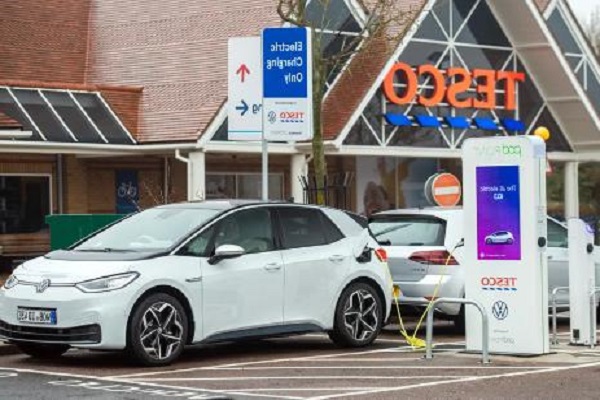
Site Selection Criteria
- Location and Accessibility: Choose a well-lit, easily accessible location with ample space for vehicles to maneuver. Consider traffic flow and parking availability for a smooth user experience.
- Proximity to Electrical Grid: The charger’s location should be near a sufficient electrical grid connection to minimize expensive underground cable runs.
Permitting and Regulation Compliance
- Local, State, and Federal Guidelines: Navigating the permitting process requires understanding and complying with regulations set by local authorities, state agencies, and potentially even federal entities. Consulting with a qualified electrician familiar with local permitting procedures is recommended.
Infrastructure Considerations
- Electrical Upgrades: The existing electrical infrastructure likely needs a significant upgrade to handle the high-power demands of a Level 3 charger. This may involve installing transformers, new service panels, and heavy-duty cabling – a project best handled by licensed electricians.
- Physical Space: Level 3 chargers require dedicated space for the unit itself and the vehicle during charging. Consider factors like canopy or roof installation for weather protection.
- Environmental Impact: Explore options for sustainable practices during installation, such as utilizing recycled materials or incorporating renewable energy sources to power the charger.
Cost Factors and Incentives
- Initial Investment: Level 3 charger installations are a significant investment due to the equipment cost, electrical upgrades, and permitting fees.
- Ongoing Operation Costs: Factor in electricity consumption costs and potential maintenance expenses.
- Grants or Rebates: Many government agencies and utility companies offer grants or rebates to incentivize the installation of EV charging infrastructure. Research available programs to offset some of the costs.
Regulatory and Compliance Standards for Level 3 EV Chargers
Operating within a framework of safety, accessibility, and environmental responsibility is crucial for Level 3 EV charger installations. Here’s a closer look at the key regulatory and compliance standards:
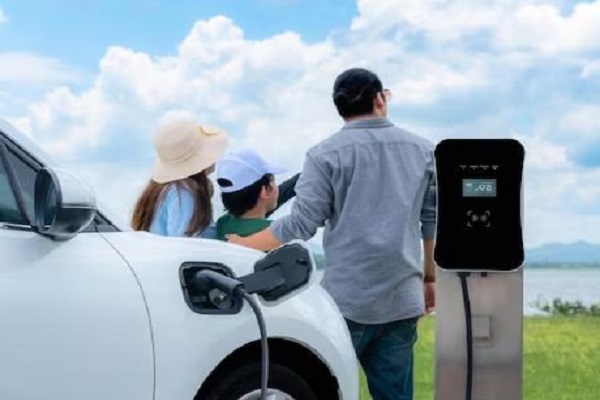
National and International Standards
- ISO (International Organization for Standardization): ISO standards like ISO 15118 define communication protocols between EVs and charging stations, ensuring interoperability and safe operation.
- SAE International (SAE): Standards like SAE J1772 address connector types, communication protocols, and safety features for Level 2 AC charging, which can be relevant for integrated systems.
- National Electrical Code (NEC): The NEC, published by the National Fire Protection Association (NFPA), outlines electrical safety requirements for building installations, including those pertaining to EV charging infrastructure.
Safety Inspections and Certifications
- Third-party safety inspections: Qualified electrical inspectors verify that the charger installation adheres to all safety codes and standards.
- Charger certifications: Look for Level 3 chargers with certifications from reputable organizations like UL (Underwriters Laboratories) or relevant national bodies to ensure they meet safety and performance requirements.
Accessibility Requirements
- ADA (Americans with Disabilities Act) Compliance: EV charging stations must comply with ADA regulations to ensure accessibility for users with disabilities. This includes considerations like appropriate placement of charging units, accessible payment systems, and clear signage.
Environmental Impact Assessments
- Sustainable Practices: Explore options for minimizing the environmental impact of your Level 3 charger installation. This could involve using recycled materials for construction, incorporating renewable energy sources like solar panels to power the charger, and implementing energy-efficient operation practices.
Financial Considerations for Level 3 EV Chargers
Level 3 EV charger installations involve significant upfront and ongoing costs. Here’s a breakdown of the key financial factors to consider:
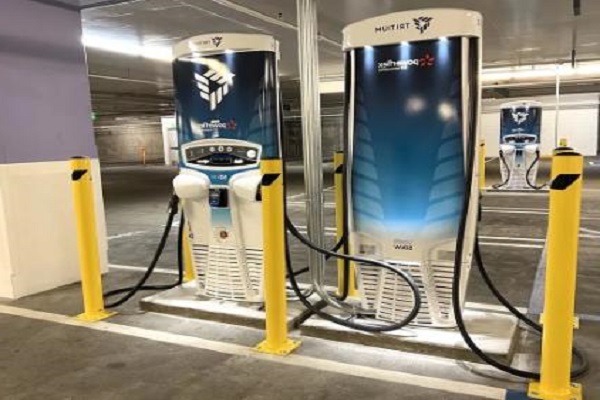
Cost of Installation
- Hardware: The Level 3 charger itself is the primary hardware cost. Prices vary depending on the kW rating, brand, and features.
- Software: Some chargers utilize software for user authentication, payment processing, and network management. These software licenses can add to the overall cost.
- Labor: The electrical upgrades and installation process require qualified electricians, and their labor costs can be a significant factor.
Operating Costs
- Energy Costs: Level 3 chargers consume a substantial amount of electricity. Factor in the cost of electricity and potential time-of-use rates to estimate your ongoing energy expenses.
- Maintenance: Regular maintenance is crucial for ensuring the charger’s optimal performance and safety. Budget for periodic inspections and potential repairs.
- Network Fees: If the charger is part of a larger network, there may be additional fees associated with network connectivity and data management.
Revenue Models
There are several ways to potentially generate revenue from a Level 3 EV charger installation:
- Pay-per-Use: Users can be charged a fee per kilowatt-hour (kWh) of electricity used during charging.
- Subscription Models: Offer monthly or annual subscriptions that provide users with discounted charging rates or unlimited charging sessions.
- Free as a Service Amenity: Some businesses might choose to offer Level 3 charging as a free amenity to attract customers, potentially boosting foot traffic or sales.
Government Incentives and Rebates
Many government agencies and utility companies offer financial incentives to promote the adoption of EV charging infrastructure. These incentives can take the form of:
- Grants: Grants provide upfront funding to offset the cost of charger purchase and installation.
- Rebates: Rebates reimburse a portion of the installation costs after project completion.
- Tax Credits: Tax credits can offer tax benefits for businesses investing in EV charging infrastructure.
Researching available programs in your area can significantly reduce the financial burden of installing a Level 3 EV charger.

Henry Michael is a leading expert in EV charging station research, specializing in innovative solutions for electric vehicle infrastructure. With a passion for sustainability and technological advancement, he is dedicated to advancing the accessibility and efficiency of EV charging worldwide.

